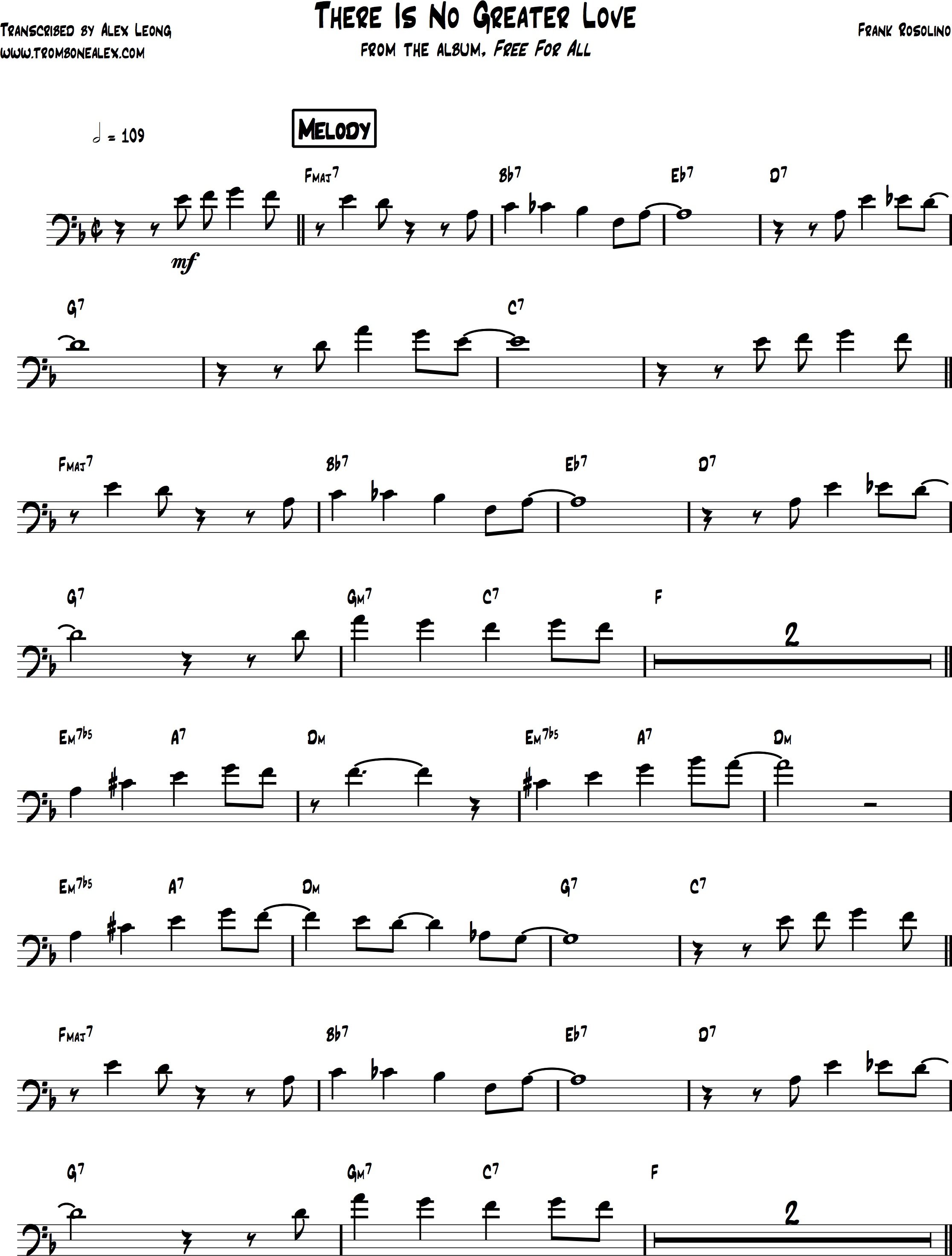It was a group of white musicians from New Orleans who had relocated to Chicago and recorded “That’s a Plenty” as the New Orleans Rhythm Kings in 1932, presenting a more authentic feel to the standard rags that defined Chicago-style jazz.
Read MoreWhile the melodic phrasing of “That Gentilly Swing” shares commonalities with other tunes, its performance among multiple voices in musical conversation is the tune’s true melodic quality: rhythm as melody, or that Gentilly swing.
Read MoreLil Hardin Armstrong gave her life to “The World’s Greatest Trumpet Player.”
Read MoreNew Orleans songwriter and entertainer Sam Theard originally wrote and recorded “You Rascal You” in 1929 as a minor-blues dirge. Despite its violent imagery, the song’s popularity has lasted in part due to the clever and creative rhyming pairs that evolve with the language over time, as well as allow the singer to get in the final word or veiled threat.
Read MoreHis early hit songs, such as “It Had to Be You” and “You’re in the Army Now,” established Isham Jones as one of the most popular bandleaders prior to his 1936 composition of “There Is No Greater Love,” a tune that shares similarities with traditional New Orleans and Chicago-style jazz.
Read MoreUnlike the musicians who fought for Civil Rights and pursued the musical liberation of bebop, Rosolino’s endeavors took him westward toward the showbiz lights of Las Vegas and Hollywood where his virtuosity, comedic timing, and mischievous charisma provided him the opportunity to entertain audiences around the world on the stage and screen.
Read MoreDrummer Stan Levey was immersed in the New York City bebop scene throughout the 1940s and became an integral part of its westward expansion toward the Lighthouse Cafe in Southern California. Along with the blustering rhythms of the east coast, he brought with him the harmonic depth that elevated the blues as an intellectual art form.
Read MoreIn addition to performing, percussionist & pianist Victor Feldman composed tunes including “Twilight” and the Miles Davis standard “Seven Steps To Heaven,” as well as music for film and television.
Read More“When Lights Are Low” was one of the few tunes recorded by Miles Davis and his quartet in 1953 that received proper songwriting credit, attributed to New Orleans pianist Spencer Williams and arranger Benny Carter.
Read MorePerhaps the most significant aspect to this recording is J.J Johnson’s performance as a rhythmic accompaniment to the dexterous Joe Pass.
Read MoreBecause of its mainstream popularity, some songwriting circles have referred to a chord progression that utilizes a dominant-Three chord as the “Georgia” changes, despite its common occurrence in other early jazz standards heard throughout New Orleans, like “All of Me” and “Basin Street Blues.”
Read MoreThe influence of New York City’s bustling jazz scene in the 1940s, using Broadway tunes to create bebop, led to the appearance of “Paper Moon” in the Tennessee Williams Pulitzer Prize-winning play A Streetcar Named Desire, a story that takes place in New Orleans.
Read MoreGiven the tune’s simple chord changes and singable melody, “Lady Be Good” is often overlooked by post-modern and doctoral musicians in debt to their previous lives. But in such a timeless city as New Orleans, music does not get erased - modern jazz is a living preservation of early traditions and spirits that prolong legacy rather than recycle invention.
Read MoreAlfredo Gutiérrez, a three-time “El Rey del Vallenato Legend Festival,” popularized cumbia in the 1960’s with studio performances of a ballroom-style called porro, notable for the cowbell rhythms played on rim or shell of the drum. His recording of Rafael Sánchez’s “La Banda Borracha” incorporates the porro style and employs radio-drama studio effects to paint a story of musical inebriation.
Read MoreIn 1940, the first Black vocal group to host a national radio show, The Mills Brothers, recorded a version of Berlin’s “Marie” featuring Louis Armstrong on trumpet and lead vocal, perhaps as an act of retribution for Doc Wheeler’s contributions.
Read More















